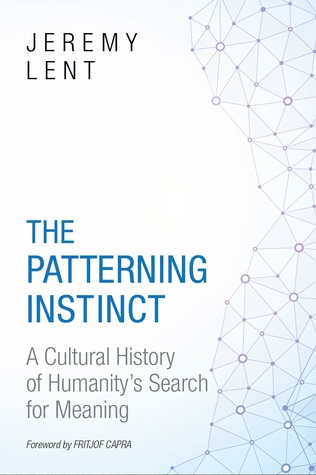Archaeologist Jacques Cauvin sees this cognitive shift as the most important aspect of the rise of agriculture, calling it the Symbolic Revolution. He points to the transition in Southwest Asia, after the emergence of agriculture, from circular dwellings to square and rectangular houses. The natural world is filled with circular or curved shapes, but squares and rectangles are almost entirely human constructions. Once villages became permanent, those born into these settlements would have developed a new view of human patterns and structures as different from the unruly patterns of the wild.
Welcome back. Just a moment while we sign you in to your Goodreads account.


